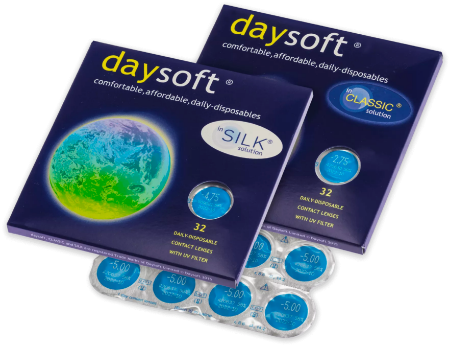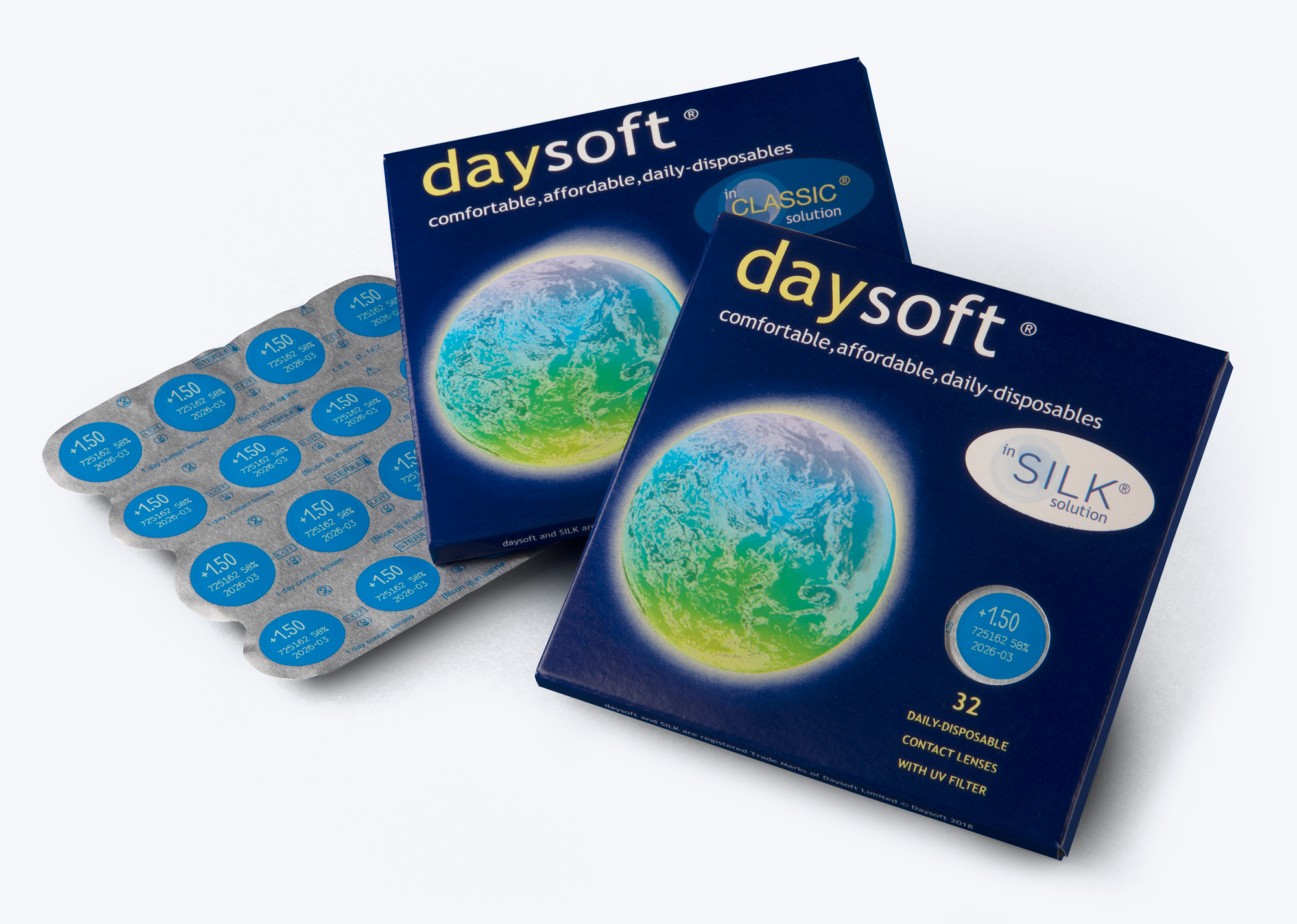How long have you spent looking at a screen today? If you’re close to the average, it’s likely to be more than nine hours. And if you’re not sitting in front of your computer, you’re staring at your smartphone.
The rapid technological advances over the last 20 years means most of us are slaves to our screens – and today’s teens won’t even remember a time before our devices took over.
This is all leading to a rise in eye strain and myopia (nearsightedness). How do we protect ourselves and our children? Here’s the low-down on eyes and screens: how to avoid eye strain.

What is eye strain?
More than half of office workers report eye strain. Symptoms can include: dry and irritated eyes, tired eyes, blurred vision, red eyes, burning eyes, excessive tearing, double vision, headaches, light and glare sensitivity, slowness in changing focus and changes in colour perception.
What causes eye strain?
When your eyes spend more time focusing on near objects, like phones and screens, their muscles stretch to accommodate constant close-distance tasks. This continual screen time is radically changing our eyes – they’re elongating, even though the human eye is supposed to stop growing after our teens.
For adults, this might cause eye strain from screens or speed up existing vision issues, such as nearsightedness, called myopia, which causes distant objects to appear blurred. Myopia affects half of young adults in the US, twice as many as 50 years ago, and over 40% of the global population.
How to avoid eye strain
So, how can you make things easier on your eyes? Here are some tips on giving your eyes some space, reducing screen time to prevent eye strain from screens and exercising those tired peepers.
Get regular eye tests
If you work on a computer every day, make sure you see your eyecare provider once a year, even if you don’t currently suffer from eye strain. Your practitioner can pick up problems before they arise or rule out an out-of-date prescription.
They’ll ask you how long you spend on your computer, phone and any other devices. You could also measure the distance from your eyes to your screen, so your eyes can be tested at that distance.
Give your eyes space
We don’t mean give your eyes a break (although this will also help!). We’re talking about the distance your screen is from your face. The closer your phone or computer is to your eyes, the harder they have to work to focus.
Studies on computer-related eye strain suggest that screens should be no closer than 40cm (16in) from your face. If this makes reading on screen trickier, don’t move the screen closer or squint. Increase the size of the text.
Take frequent screen breaks
Most people who are concerned about eye strain ask the same question: how much time should I spend on a screen? Our answer is: most people’s eye strain is caused by too much screen time, so take frequent breaks.
This isn’t always easy if you work in an office or have deadlines looming, but even five minutes four times a day will help. Ideally, you should be taking a 15-minute screen break every two hours – some people suggest 10 minutes every hour.
Set an alarm to remind you to take a break. This gives your eyes a chance to rest and rehydrate. It’ll also do you good to have frequent breaks – take the opportunity to have a breath of fresh air, a chat with a friend or a few minutes’ meditation. Your brain and focus will thank you for it.

Reduce glare
Dim lighting increases screen glare. If your screen is consistently brighter than the lighting in the room, your poor eyes will be working overtime to focus, leading to fatigue and eye strain. Go large on bright lighting or fit an anti-glare screen filter on your monitor or phone.
Make your screen easier on the eyes
There are some screen tweaks you can try to make your screen more eye-friendly. Increase your device’s refresh rate to ensure less flickering of the screen and less eye strain. Adjust it to between 70 and 85 Hz.
You could also change your screen’s colour levels away from the blue end of the spectrum and towards the softer yellow end. Research shows that constant intense exposure to blue light can damage the retina.
If you’re using a screen for an extended period of time, switch to a larger screen to make words and images easier to see and reduce the strain on your eyes.
Do eye ‘yoga’
Like normal yoga, which helps us rest, relax and recoup, eye yoga allows your eyes to rest, blink and lubricate. Our eyes get really tired staring at screens for hours on end so give them a mini-retreat with these exercises.
The 20-20-20 rule
- Look away from your screen every 20 minutes.
- Focus on an object at least 20 feet away. Looking at objects at a distance relaxes the focusing muscle in the eye, helping to reduce fatigue.
- Keep focusing for at least 20 seconds.
Roll your eyes
- Sit up with your back straight.
- Keep your head still.
- Slowly and with intent, roll your eyes clockwise, all the way around, taking in the ceiling and floor. Repeat 10 times, and reverse.
Palm your eyes
- Cup your palms lightly over your eyes.
- With your fingertips overlapping and resting on your forehead, extinguish as much light as possible.
- Breathe deeply for about a minute.
Blink consciously regularly
Most of us blink less frequently when we’re concentrating or staring at a screen. Normally, we blink about 15 times a minute, but this drops by a third while we are looking at screens. Because we don’t realise our reduced blinking ability, our eyes can dry out, since the protective tear film evaporates more rapidly.
Freshen your eyes and rebuild their natural hydration by blinking slowly 10 times every 20 minutes, or use eye drops (but check they’re compatible with your daily disposable contact lenses).
Stay hydrated
Not drinking enough water will make your eyes feel even more tired, dry and sore, especially if you’re sitting in front of a computer all day. Keep hydrated – drink plenty of water, herbal teas or diluted juice.

Spend more time outdoors
Increased exposure to sunlight decreases myopia progression, so spend at least two hours outdoors every day. Encourage teens to go out for a walk, rather than break to play video games or pick up another screen.
daysoft SILK daily contact lenses are packed in an enriched saline solution that provides enhanced comfort and moisturisation throughout the day. Find out more about our lenses.



